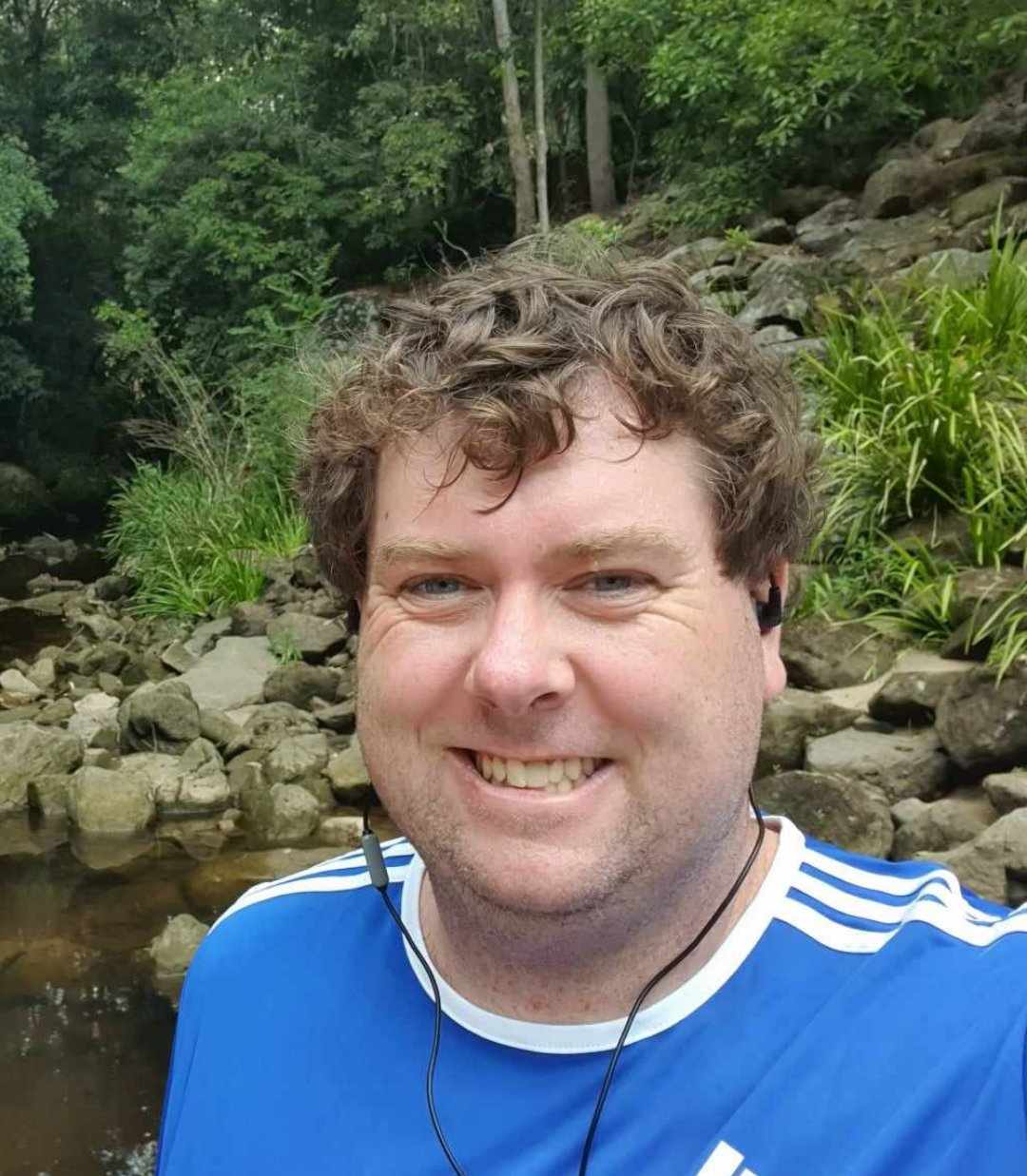
Keywords
Fields of Research (FoR)
Atomic and Molecular Physics, Structural Chemistry and SpectroscopySEO tags
Biography
I am a Postdoctoral Fellow in the School of Chemistry, working with the Schmidt and Kable groups. I joined UNSW at the start of 2020, after spending 6 years at the ANU as both a Postdoc and PhD student in the Research School of Physics. My research involves studying radicals and ions in the gas phase, using laser spectroscopic techniques such as velocity map imaging (VMI) and resonantly enhanced multi-photon ionization (REMPI). These...view more
I am a Postdoctoral Fellow in the School of Chemistry, working with the Schmidt and Kable groups. I joined UNSW at the start of 2020, after spending 6 years at the ANU as both a Postdoc and PhD student in the Research School of Physics. My research involves studying radicals and ions in the gas phase, using laser spectroscopic techniques such as velocity map imaging (VMI) and resonantly enhanced multi-photon ionization (REMPI). These techniques provide a way to study reactive and transient radicals that are not accessible via standard methods, which play important roles in the atmosphere, in combustion, and in interstellar space.
My Qualifications
- PhD (ANU, 2018)
- BSc.(Hons 1) (ANU, 2014)
- BSc (Univ. of Canterbury, 2013)
My Research Activities
My current research interests may be divided into two streams:
i) Astrochemistry - investigating the molecules that make up the interstellar medium, by performing high precision gas-phase laboratory studies that may be compared to astronomical observations.
ii) Negative ions - understanding the structure, reactivity, and photophysical properties of negative ions, with focuses on isomerisation reactions, and ions of atmospheric importance.
Research Goals
Astrochemistry
- Identify potential carriers of the Diffuse Interstellar Bands (DIBs)
Over 500 absorption features have been observed in the spectra of astronomical objects, however to date only one molecule has been successfully assigned to one of these bands - C60. We believe open shell polycyclic aromatic hydrocarbons (PAHs) are promising candidates for DIB carriers. We can measure spectra from these radical species in the lab for comparison to known DIB lines, to try and identify what molecules are present in the ISM. - Understanding soot formation in combustion
The formation and growth of PAHs is a vital part of incomplete combustion, in both terrestrial and interstellar environments. However the process by which these large aromatic molecules form remains a highly controversial topic. We can simulate combustion conditions inside our vacuum chamber by using a high voltage discharge, which allows us to investigate new mechanisms, that may explain how ring expansion may occur. - Investigating the 2175 Å Hump
A large hump is often observed at 2175Å in UV extinction curves. Surprisingly, this hump is present across many different astronomical objects. Furthermore, while the FWHM of the feature may vary between different stars, the hump is always centered around 2175Å. This suggests one carrier must be responsible for the feature across all sight lines, even though the environmental conditions where the hump has been observed can vary significantly. Many different candidates are able to recreate a 2175Å feature in the lab: PAHs, carbon onions, graphite grains. However by comparing the strength of the relevant absorption features to the cosmic carbon budget, it may be possible to rule out some of the competing hypotheses and finally determine the carrier responsible.
Negative Ions
- Investigate 1,2H-shift isomerisation reactions
Hydrogen migration between adjacent carbons is widespread in the reaction mechanisms of organic chemistry. By studying the simplest prototype - the isomerisation between acetylene HCCH and vinylidene H2CC - we have shown it is possible to identify vibrational-mode specific pathways via which the Hydrogen may hop from one carbon to another. There are a whole family of more complex carbenes which would be promising potential candidates to study how this Hydrogen hop may be impacted by its surrounds, providing the bridge to expand this study to larger, more complex reactions. - The study of atmospherically relevant anions
Negative ions play many important roles in our atmosphere, yet compared to their neutral counterparts, our library of spectroscopic information on anions is relatively bare. We have shown that High Resolution Photoelectron Imaging is a versatile technique to study these important species. Furthermore, we have demonstrated that the additional information we obtain using our state of the art spectrometer has allowed us to make important new discoveries, even on 'simple, already well studied molecules' such as NO and O2.
My Research Supervision
Supervision keywords
Currently supervising
- Zachariah Levey, PhD student: Investigating growth mechanisms of polyatomic aromatic hydrocarbons, and searching for carriers of the diffuse interstellar bands.